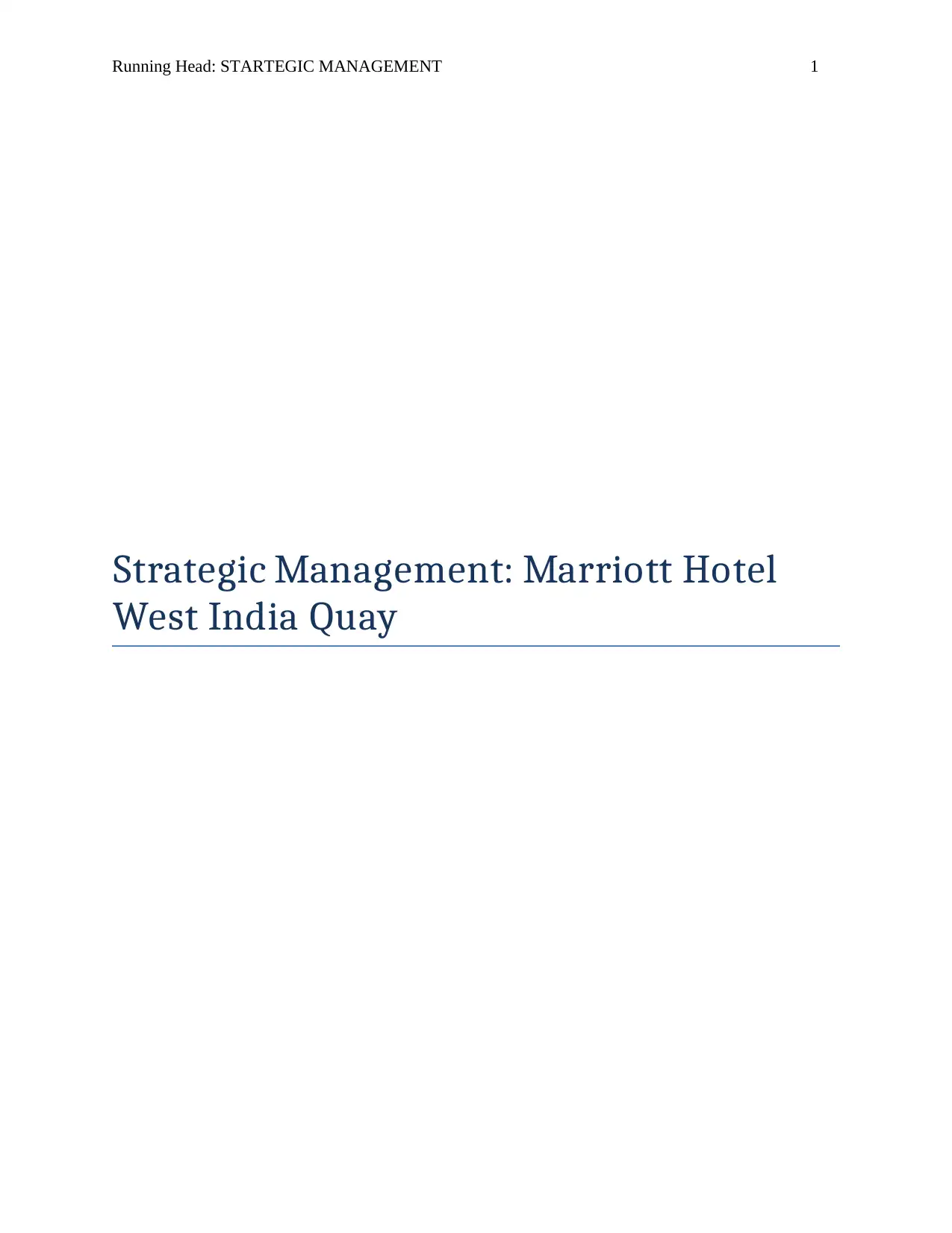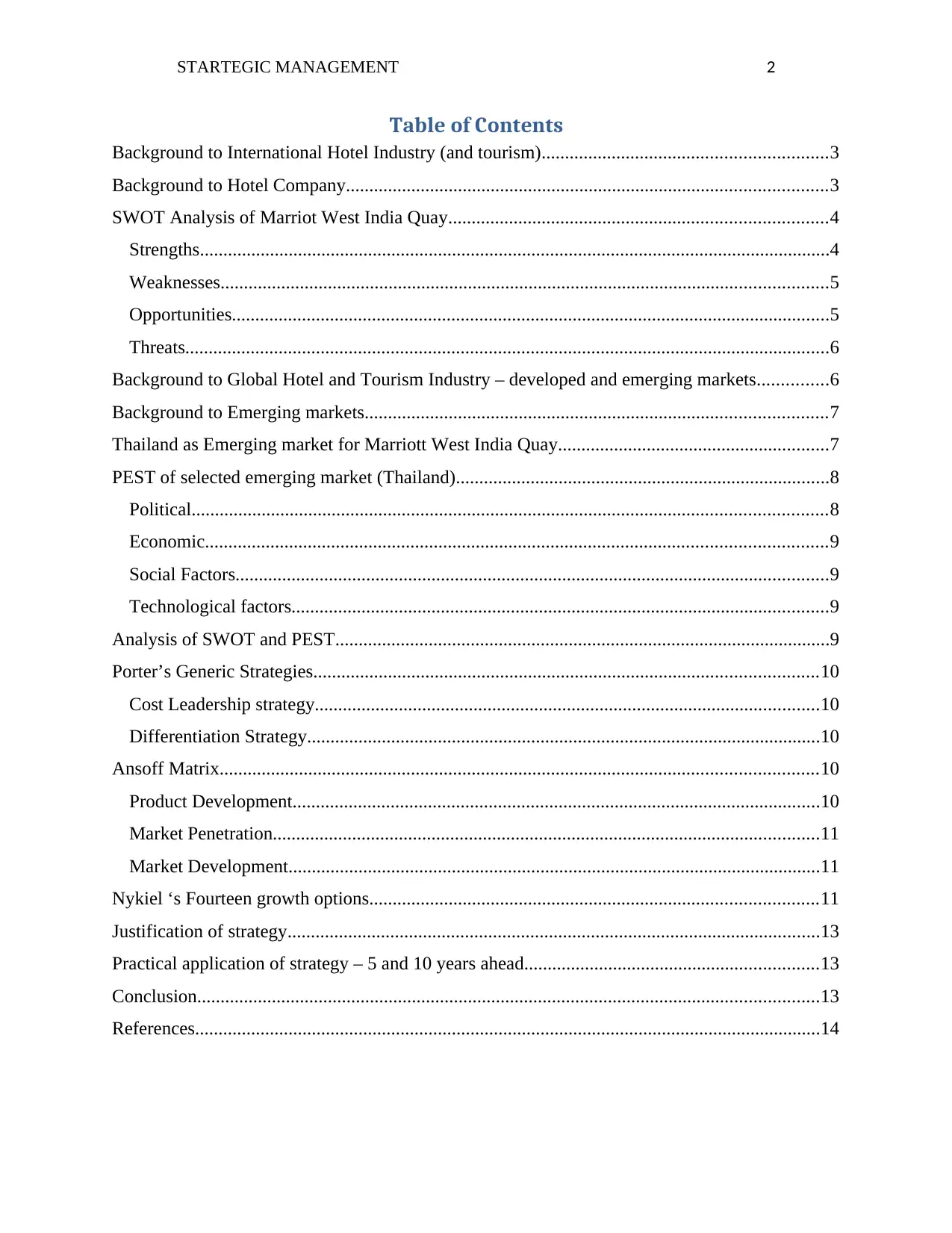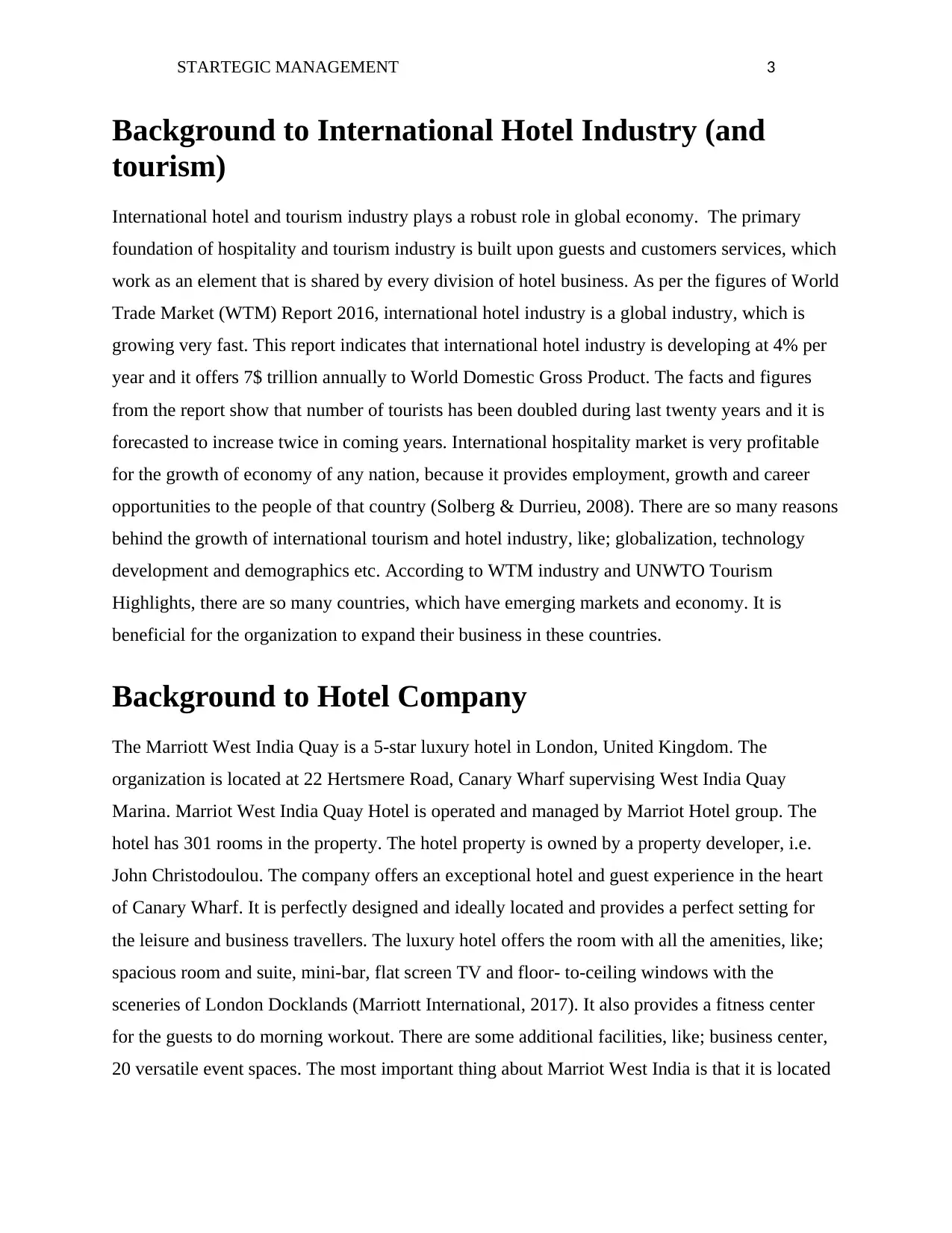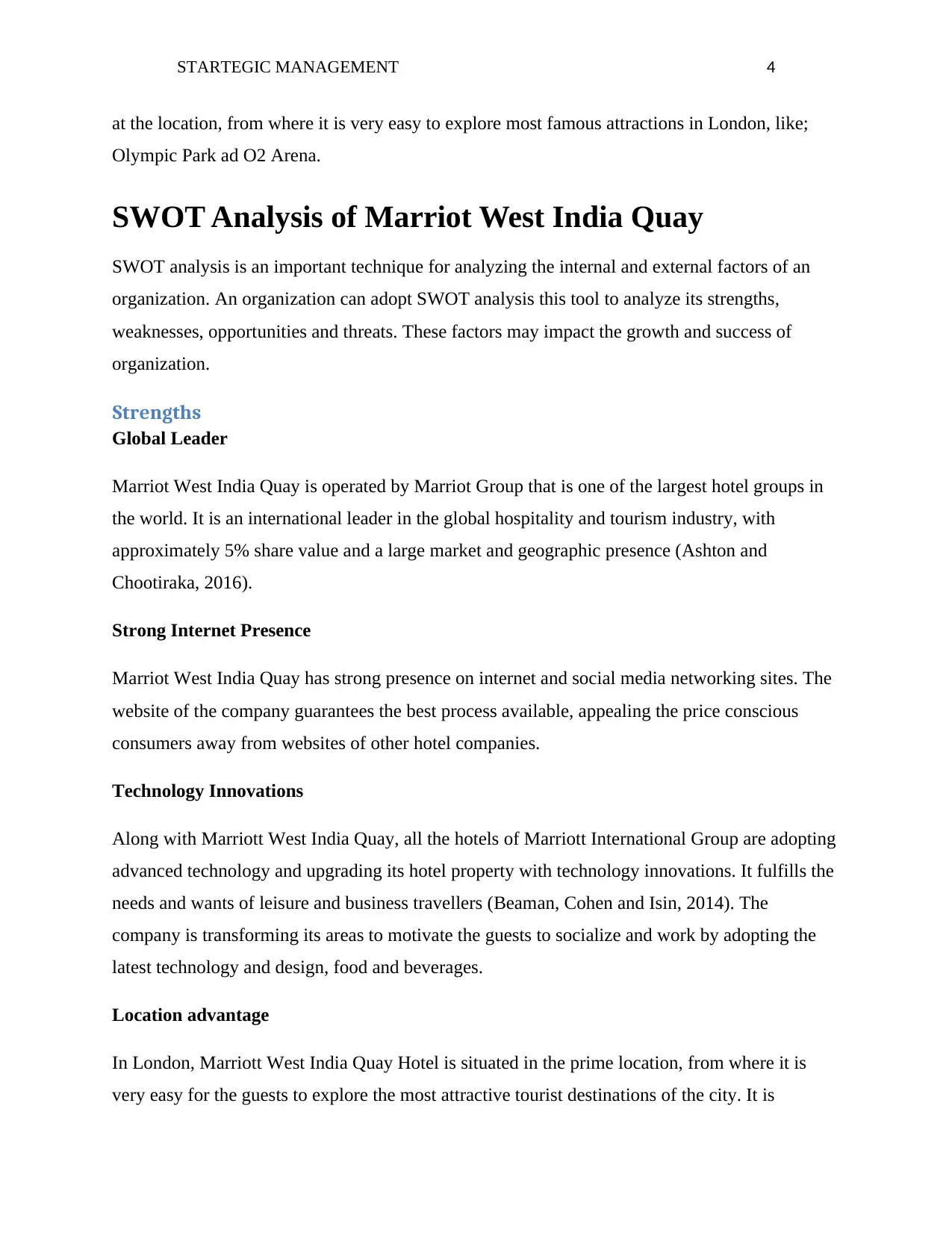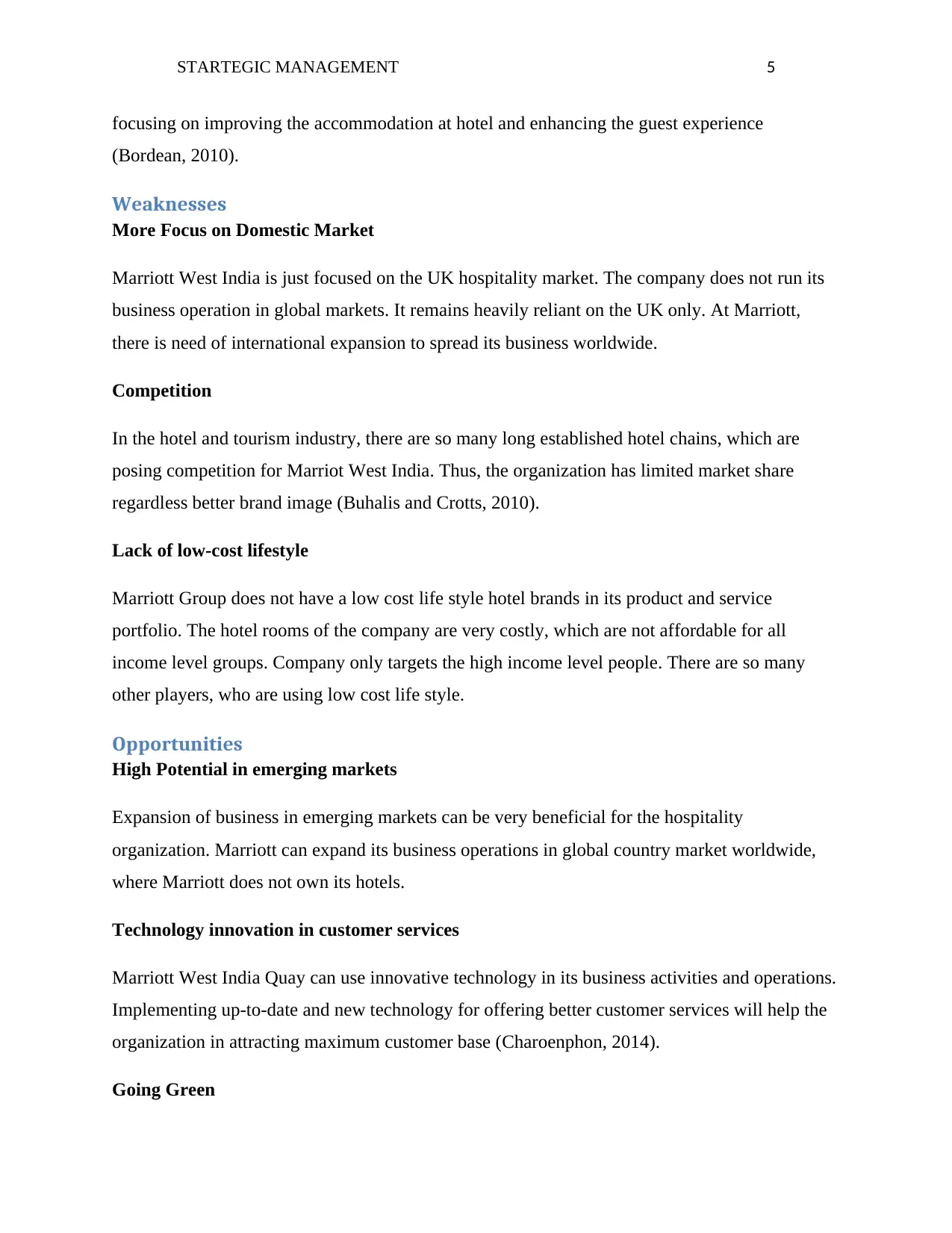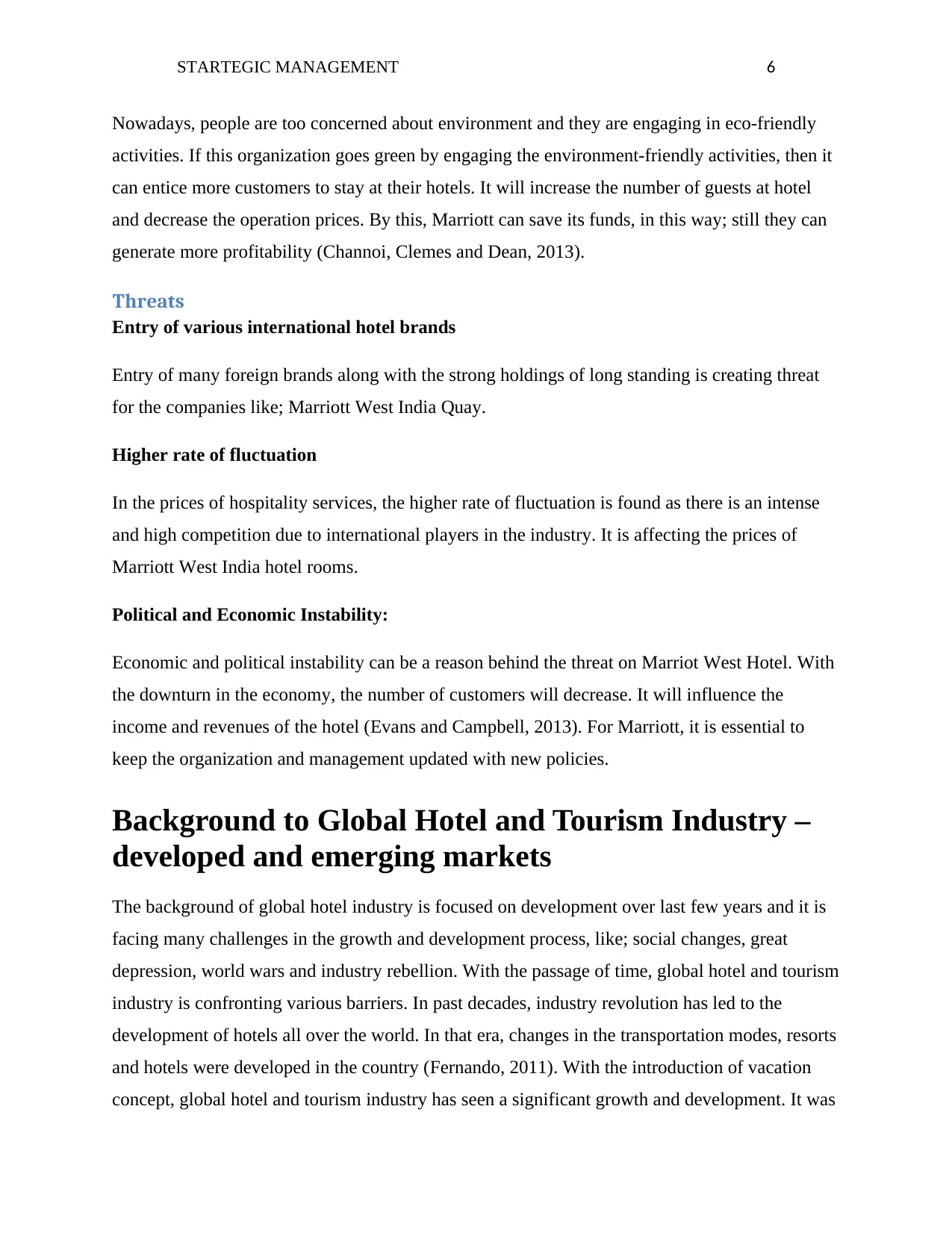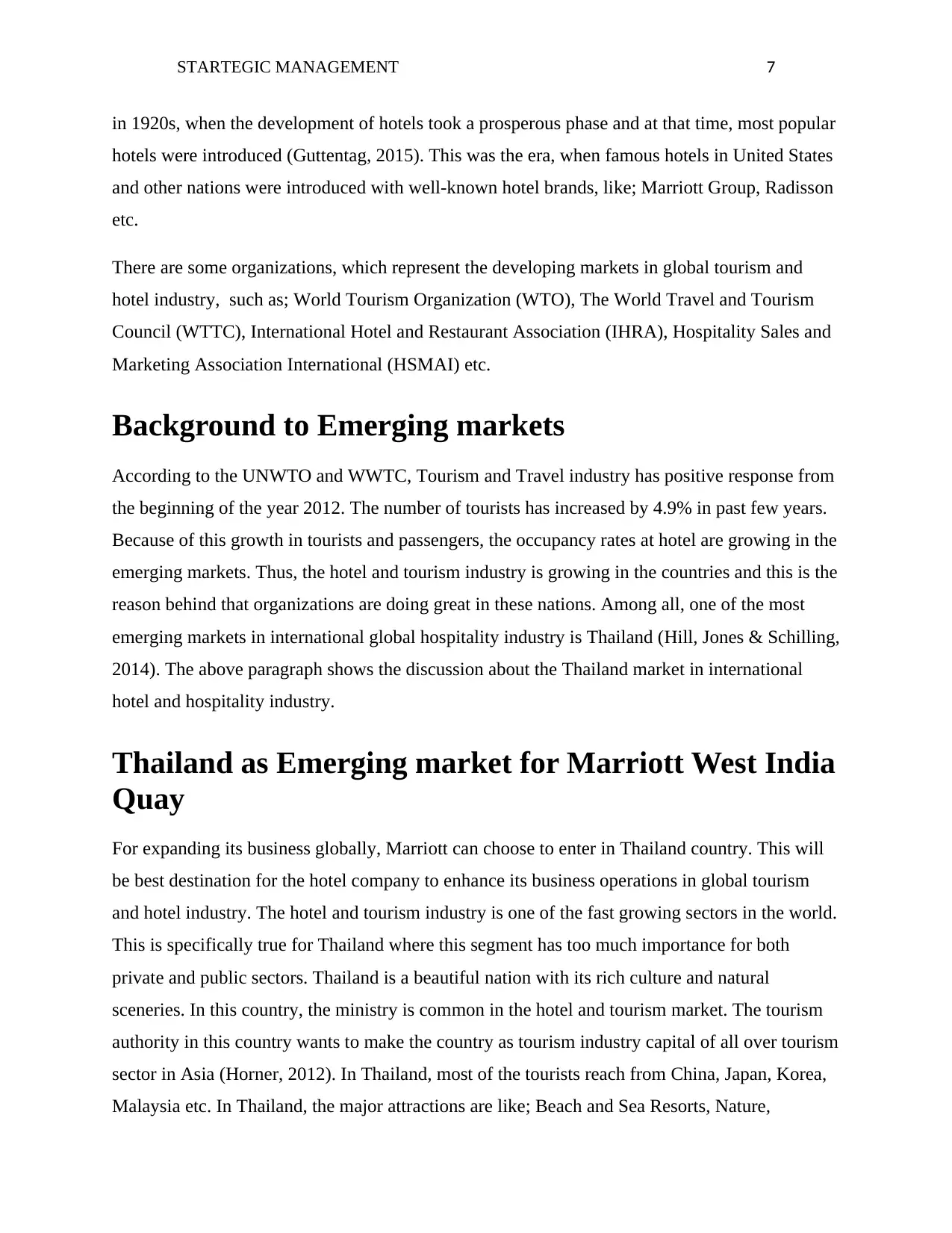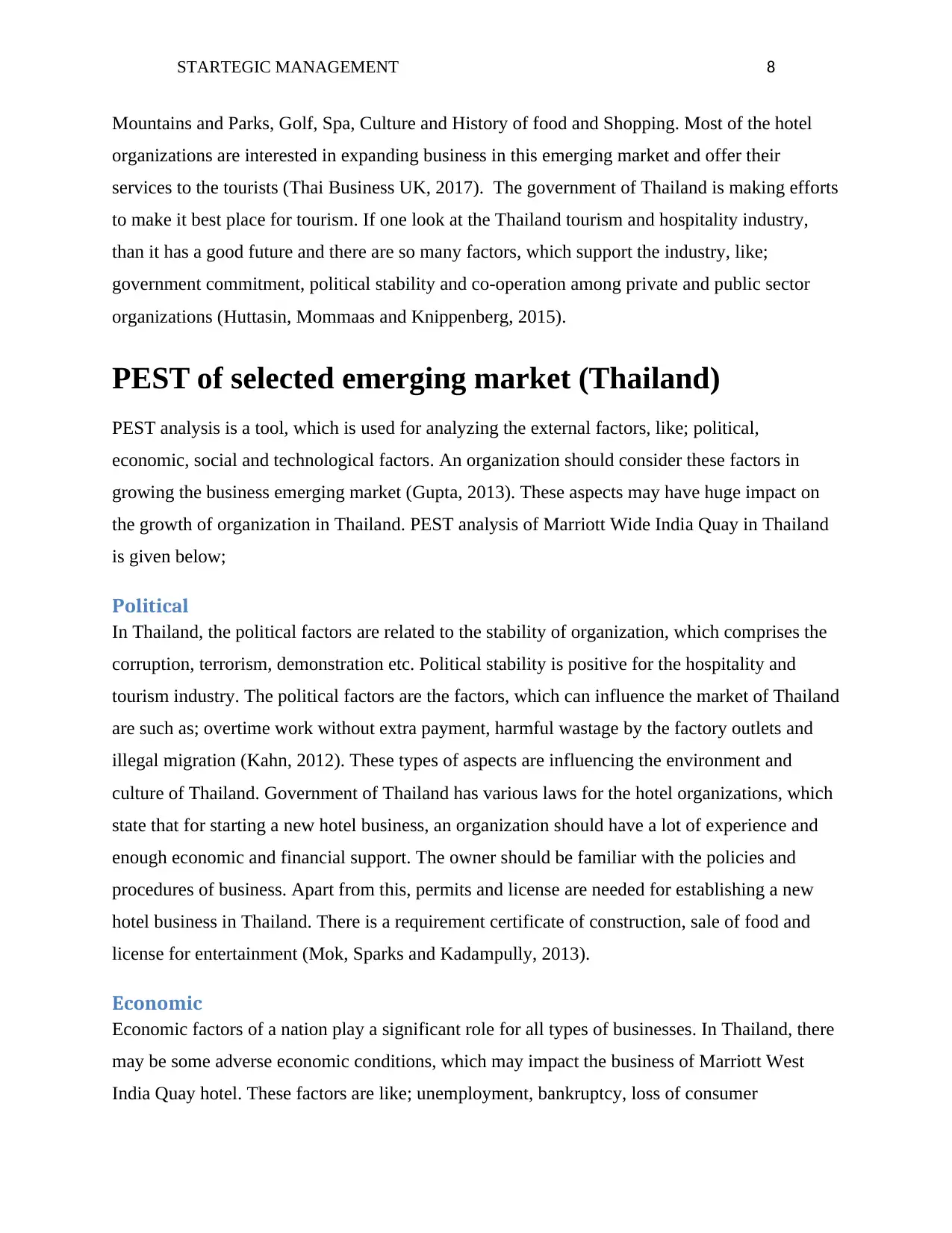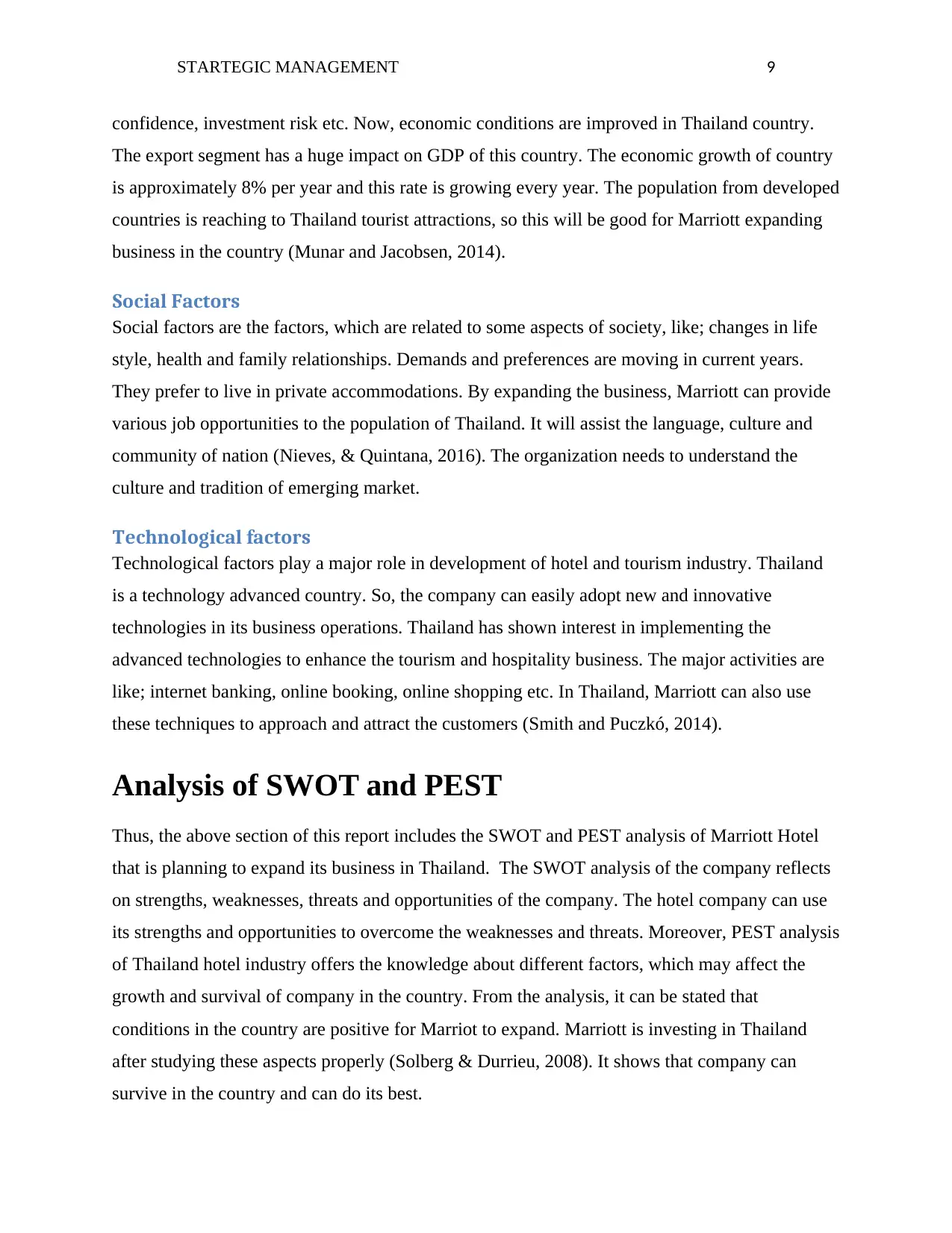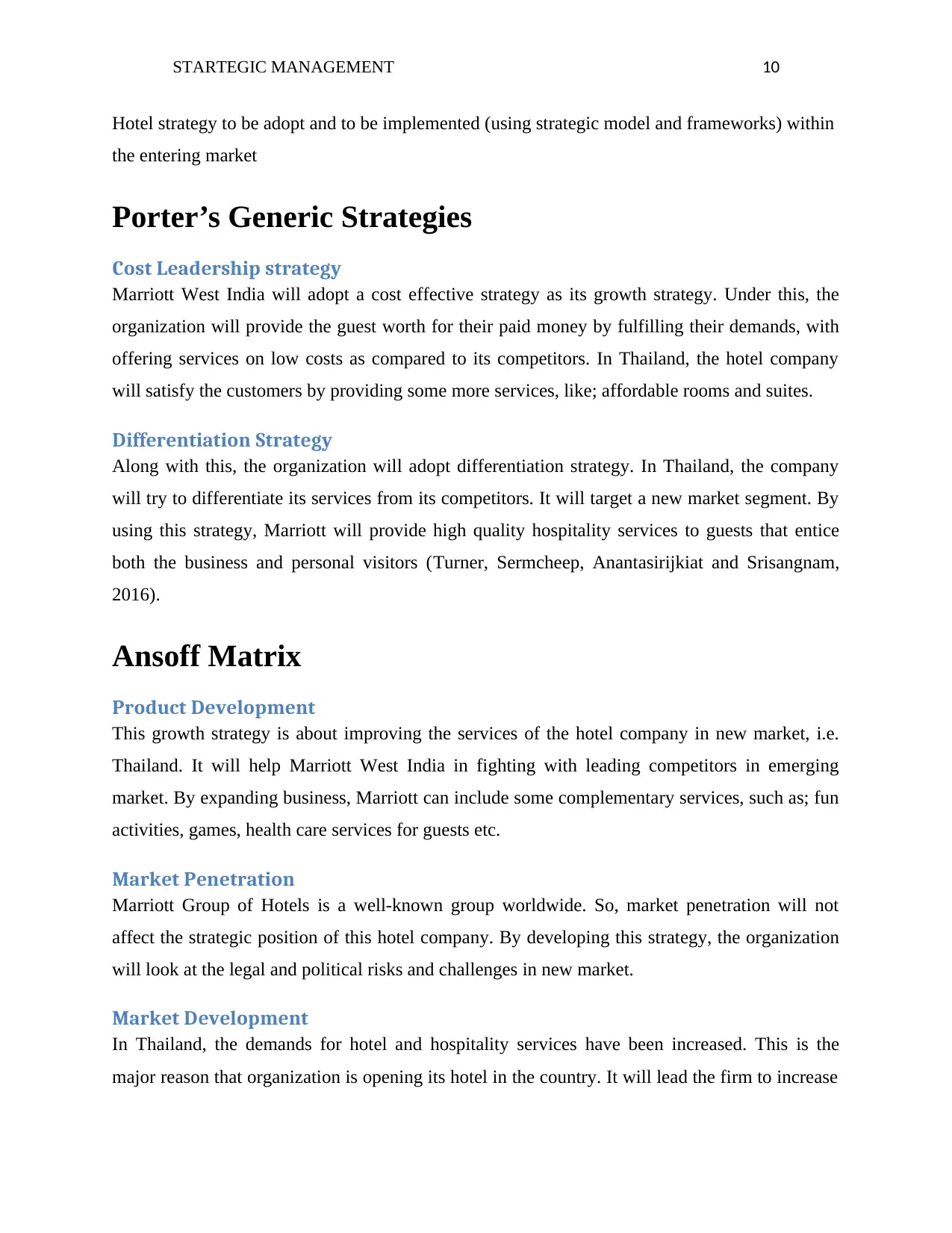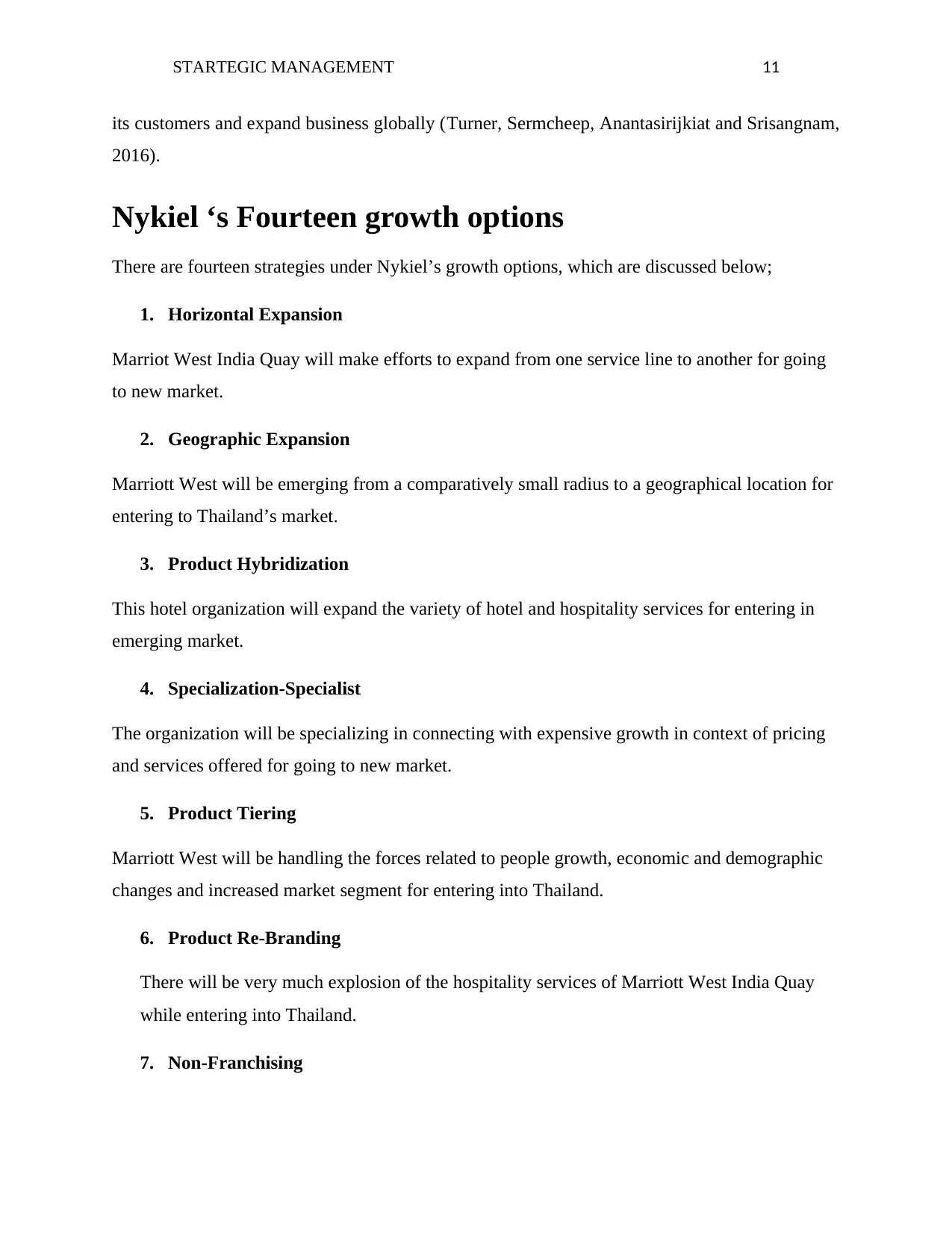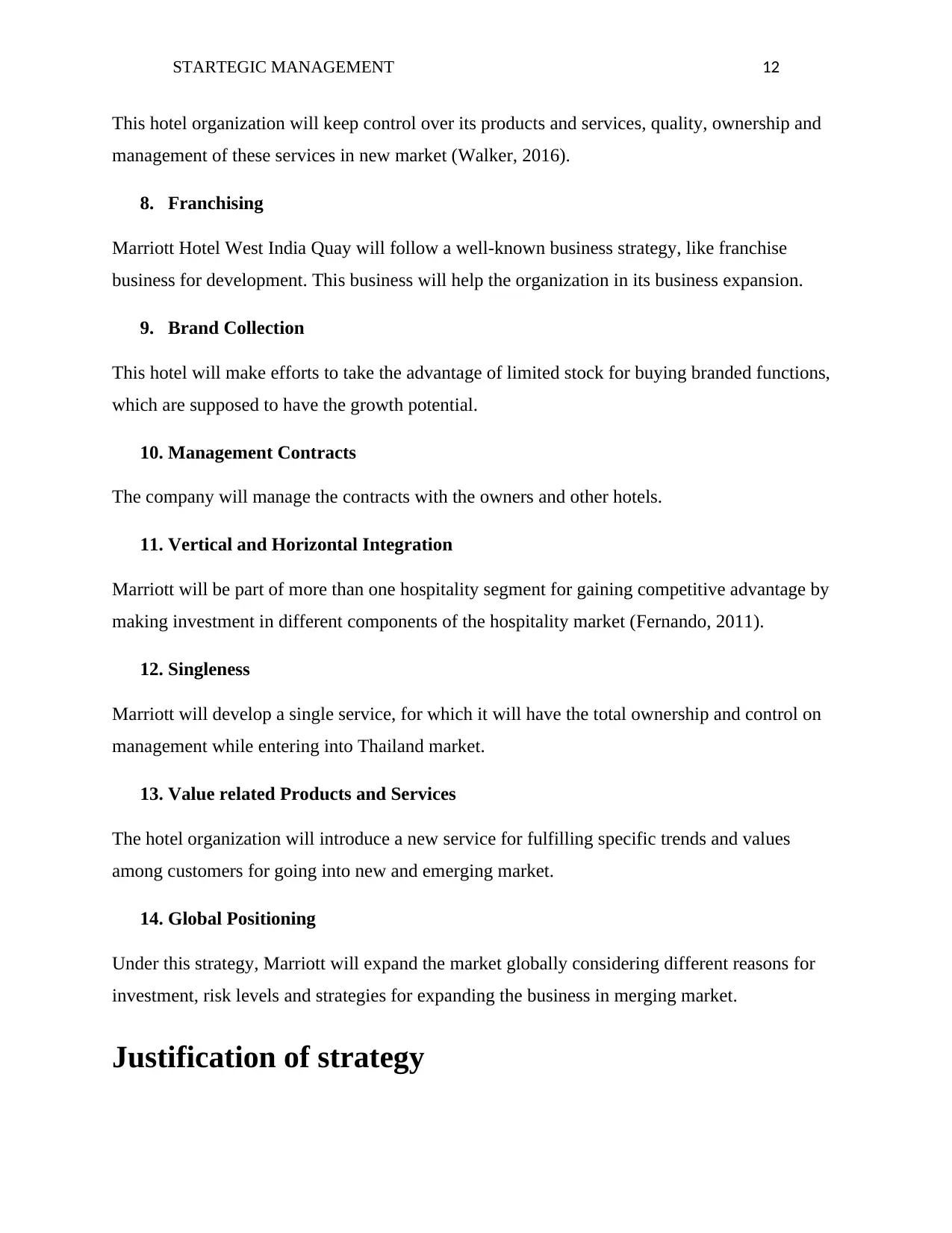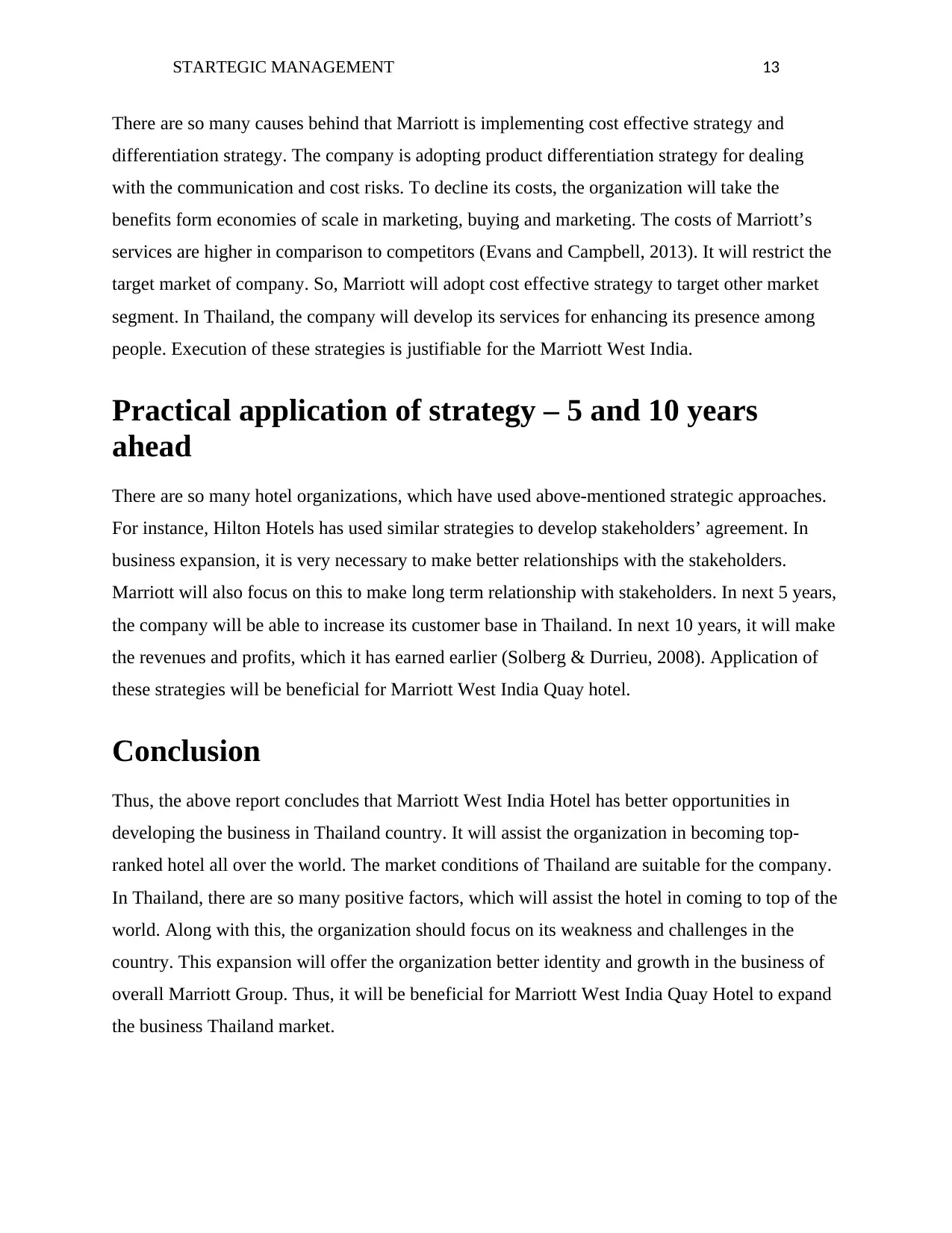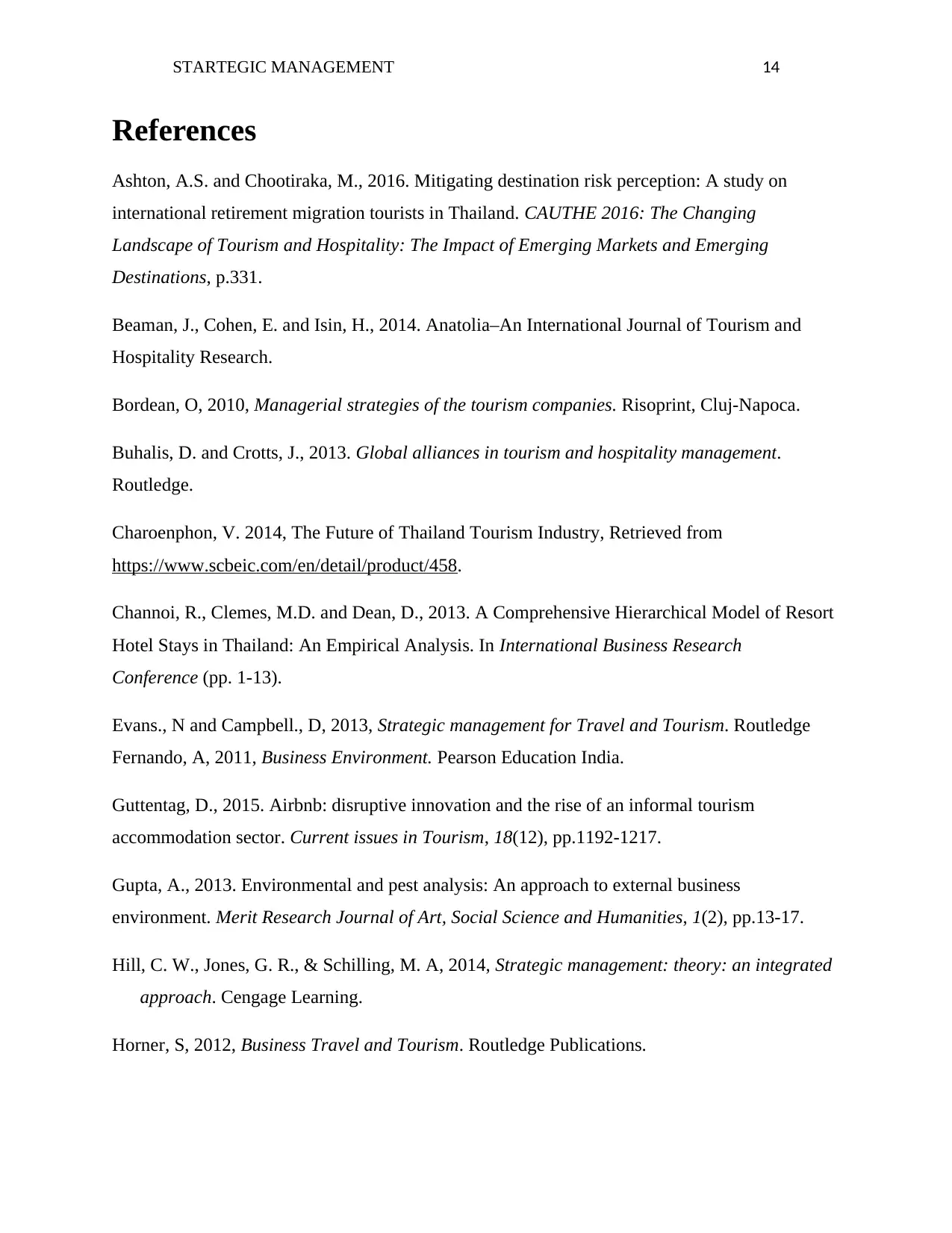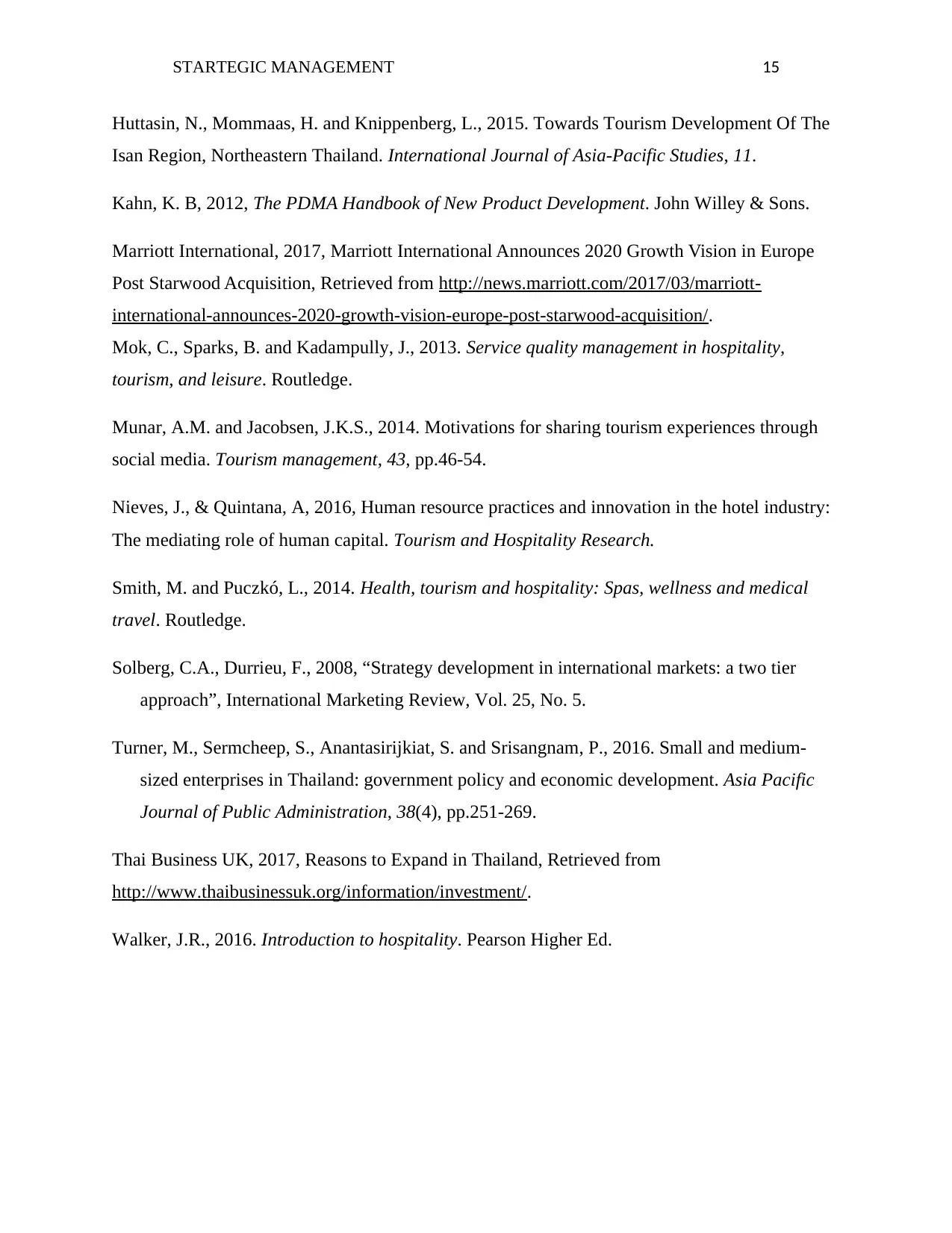Marriott Hotel West India Quay will adopt a franchise business strategy for expansion into the Thailand market. This strategy involves brand collection, management contracts, vertical and horizontal integration, singleness, value-related products and services, and global positioning. Marriott aims to reduce costs by taking advantage of economies of scale in marketing, buying, and marketing. The company will also introduce new services to cater to specific trends and values among customers in the emerging market. This strategic approach is justified given the high cost of Marriott's services compared to competitors. In the next 5 years, the company expects to increase its customer base in Thailand, while in the next 10 years, it anticipates making revenues and profits earned earlier.
![[object Object]](/_next/static/media/star-bottom.7253800d.svg)
![[object Object]](/_next/static/media/star-bottom.7253800d.svg)
